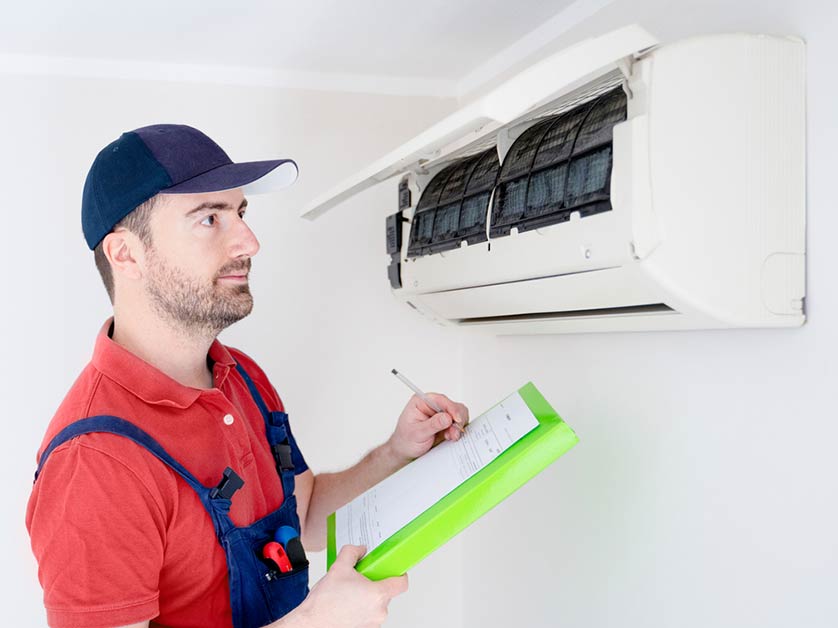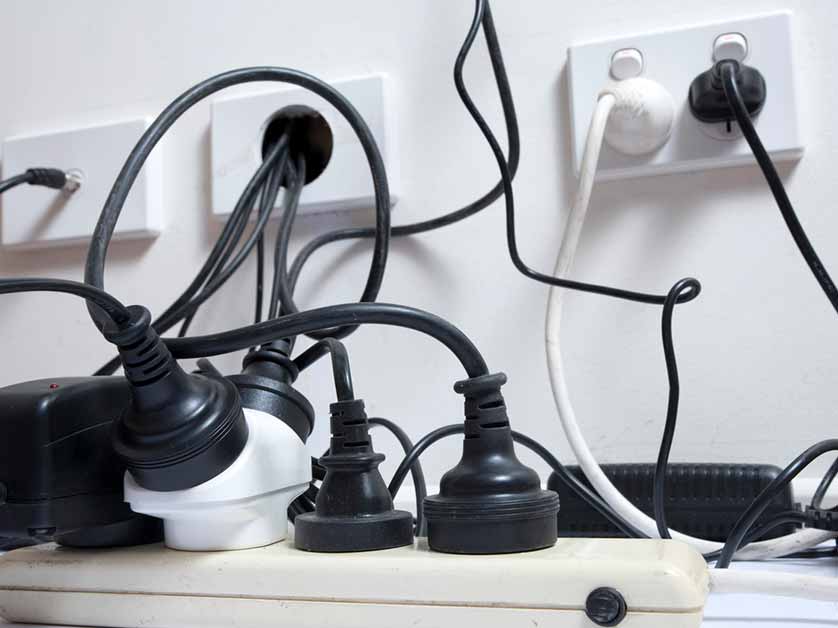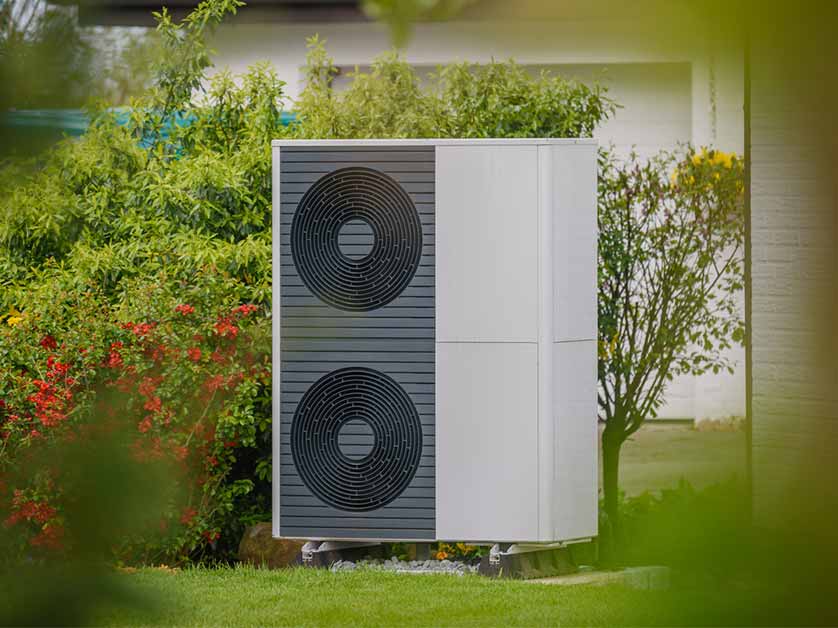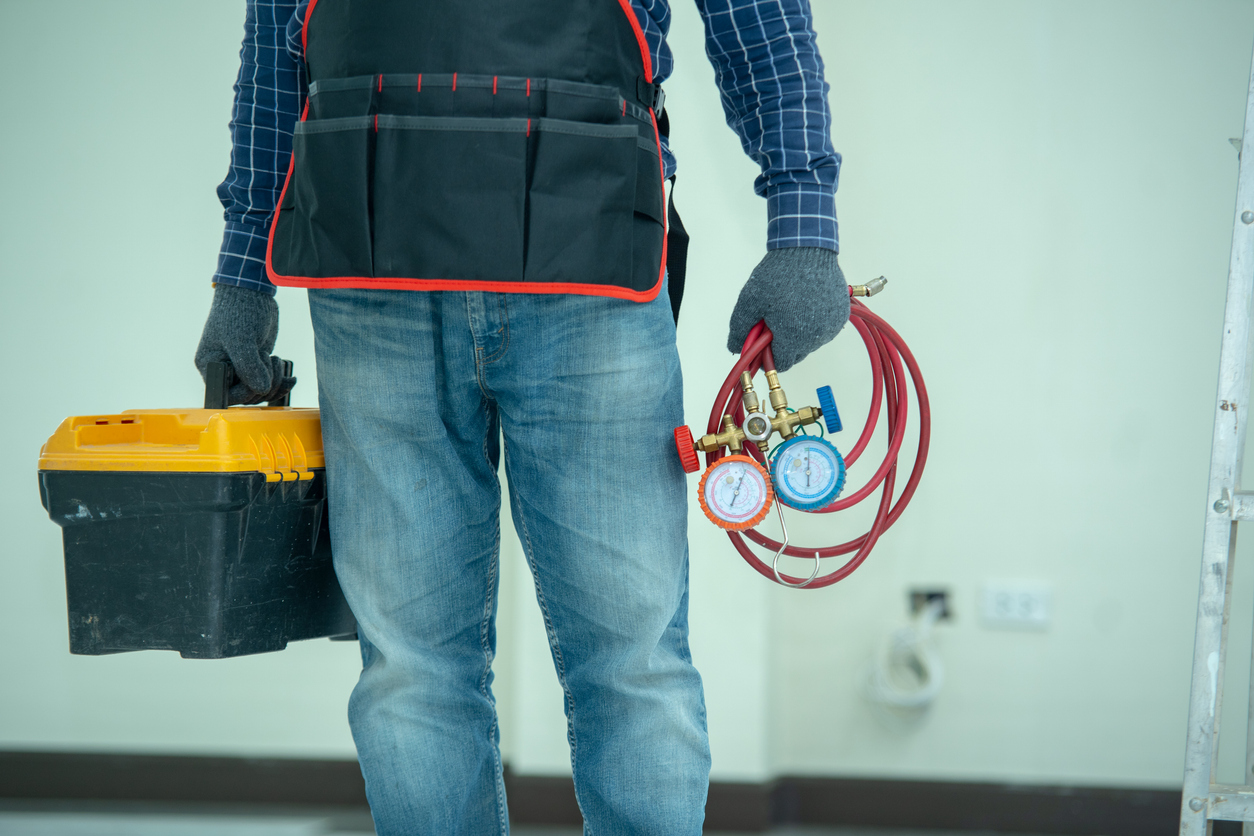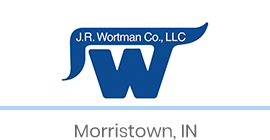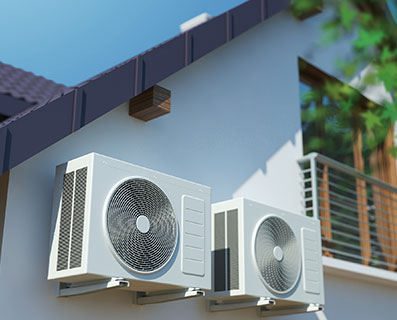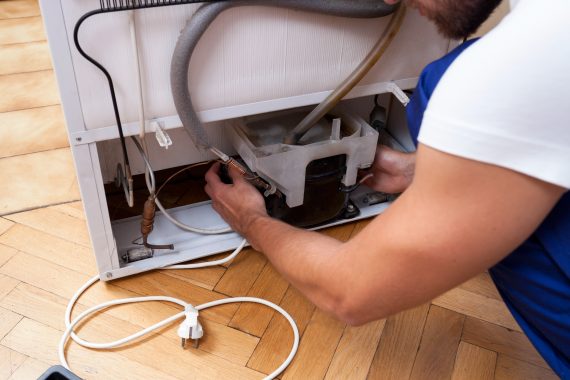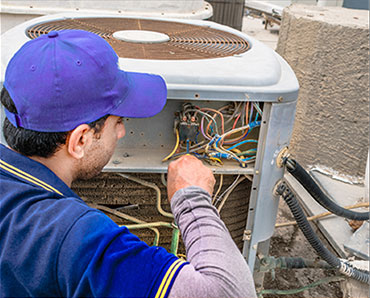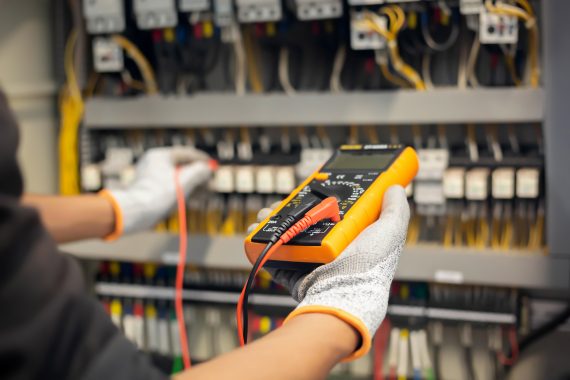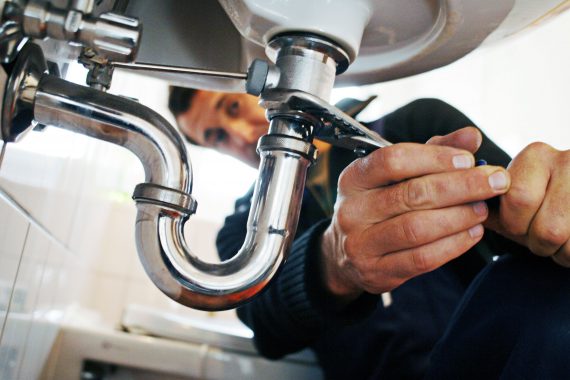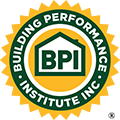When things go wrong with expensive HVAC equipment, it is always best to let the professionals take care of it. Many homeowners have found out that removing lids, screws, and otherwise tampering with their equipment will quickly void their warranty. Even though repairs need to be left to the HVAC pros, there are a few things that homeowners can do to Diagnose HVAC Problems before calling a professional.
When Troubleshooting Air Conditioning systems, first make sure the system is receiving electricity and that a clogged filter is not slowing the air flow down. Unfortunately, if a homeowner calls a repair technician to diagnose their system, and something simple such as the lack of power is creating the problem, the house visit still has to be paid for. In some cases, that call can become pretty costly, especially after hours on weekends.
If you came home to an A/C Not Working, the first step is to check the breaker box for a tripped breaker. If the main breaker or the A/C breaker has flipped, switch it back to the ‘on’ position. Occasionally this type of large equipment can pull too much energy and the breaker will flip into the off position. If this fixes the problem, congratulations, you just saved yourself a costly emergency visit.
The next steps are to check the thermostat batteries, and then the shut off switch located near the inside air unit if the A/C is still down. If these are both fine, then go to the outside unit and check that switch. Often flying objects or getting bumped can flip these switches off and power will cease to flow immediately. If neither of those switches corrects the problem, check the switch in the drain pan.
At this point, if the problem is not fixed the next thing to do is to check the drain line. Sometimes flushing a clogged line can be a quick fix. If the unit is getting power but is running weakly, the air filter may be long overdue for a cleaning or replacement. Remember to never open HVAC components, or directly touch live or ‘dead’ electrical wires; if these tips do not help the only other option is to call a professional.

